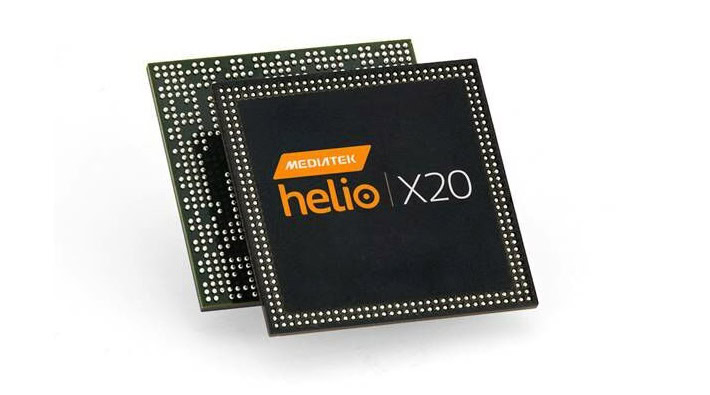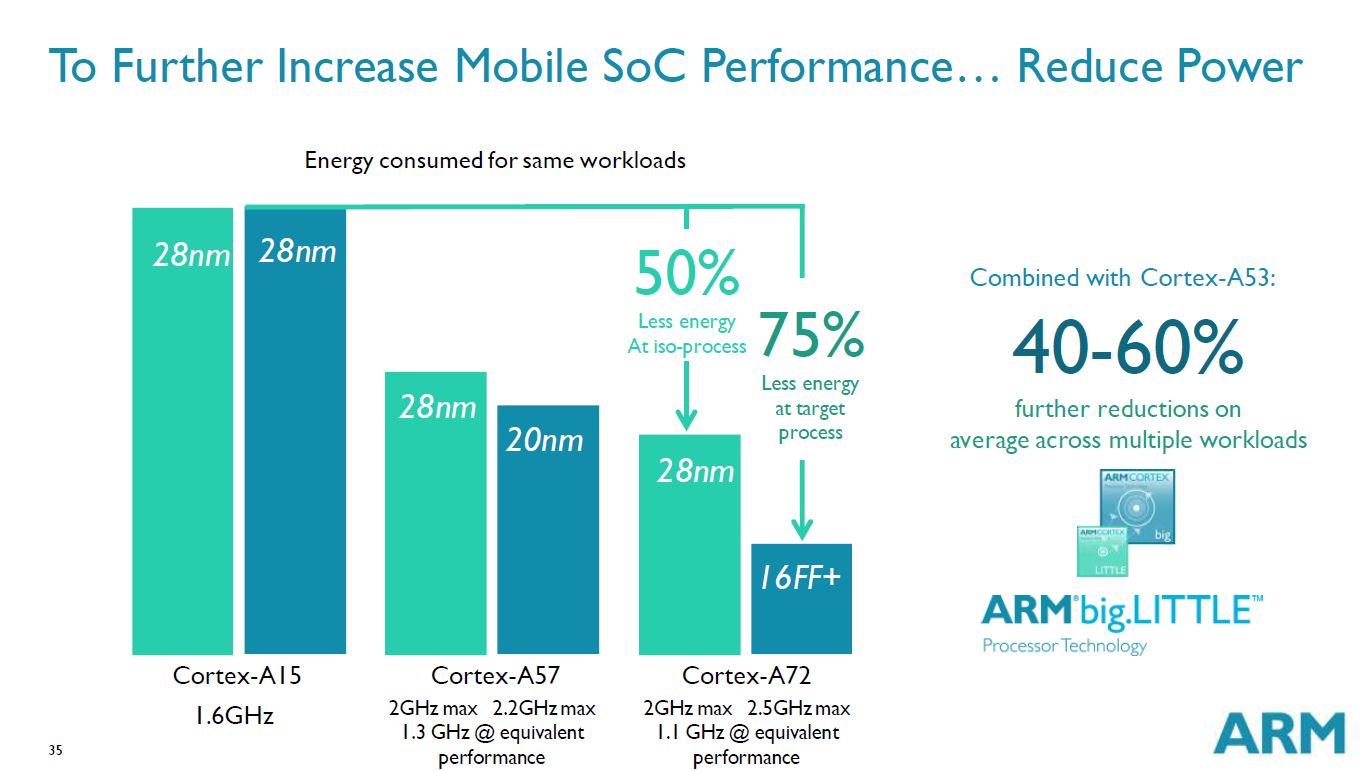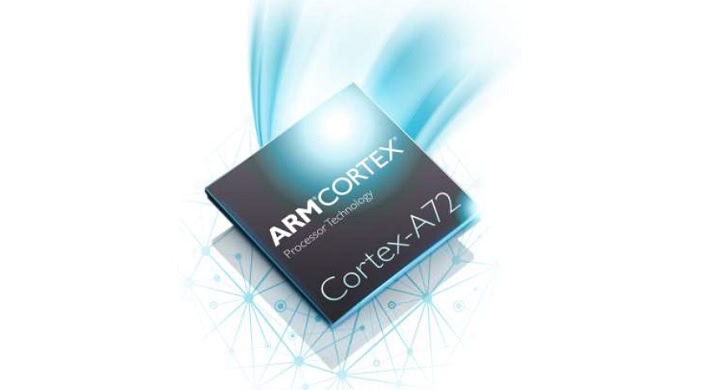Affiliate links on Android Authority may earn us a commission. Learn more.
Helio X20 doesn't overheat, but shuts off its powerful CPU cores
February 4, 2016

MediaTek’s deca-core Helio X20 SoC is quite a feat of engineering, but the chip hasn’t managed to escape rumors about overheating. The other day, a source claimed that MediaTek’s usual partners, such as Lenovo, HTCand Xiaomi, were dropping the chip because of temperature issues. However, MediaTek has quickly refuted the claims and has given a little insight into how the X20 manages its power.
According to MediaTek’s translated response from Weibo, the company has not observed any overheating issues and is working as usual with its partners. It also states that the Helio X20 is capable of disabling its two Cortex-A72 CPU cores if the temperature reaches a certain threshold. This essentially turns the CPU portion of the chip back into an octa-core A53 design in the worst case scenario.
For a quick recap, the X20 is built from two high performance Cortex-A72 CPU cores, eight lower power Cortex-A53 cores, and a Mali-T8XX generation GPU, which is thought to be a Mali-T880MP4.

The Cortex-A72 is a more power efficient CPU design compared with the A57, and as such shouldn’t be prone to any over heating issues. Unless MediaTek have got something wrong with the implementation. At the 20nm manufacturing process that MediaTek is using, the chip is at least 20 percent more energy efficient than the A57. However the A72’s target process is 16nm, that’s where the big power savings would come in and where ARM reckons that the core’s 2.5GHz peak clock is most sustainable.

MediaTek has chosen a 2.5GHz peak clock in the Helio X20, so it is certainly an ambitious processor. Even at 20nm, MediaTek’s other chips use 28nm, the very high CPU core count and larger GPU silicon area is going to require careful balancing of power consumption. The option to throttle and disable cores is something that we are very familiar with in the mobile space, and it’s a sensible design decision here too. However, it is a little more complicated with the X20, as switching off the whole A72 cluster would certainly cut a notable chunk off its peak performance.
Unfortunately, we don’t know where this temperature threshold is, how often these CPU cores are shut down, and if this will affect the user experience in a noticeable way. This leaves consumers in the unfortunate position of not knowing if they are really getting CPU capable of delivering its promised performance consistently, or if they are no better off opting for a phone powered by a cheaper MediaTek octa-core chip.

As we learnt with the last overheating rumors, we should just wait and see what testing reveals when the first Helio X20 powered smartphones hit the shelves this year.
Thank you for being part of our community. Read our Comment Policy before posting.